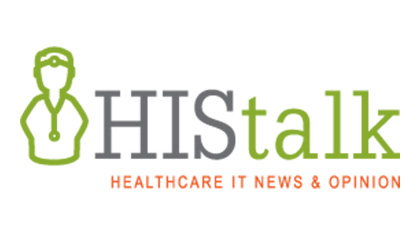
We look at the evolution and future of OpenNotes — from the impact it has had on patient engagement, medication adherence, and physician workflows to the technological challenges of implementing a truly vendor-agnostic tool.
By @JennHIStalk
Six years ago, the notion that patients could have electronic access to their doctor’s notes was almost unheard of. The note was a safe, private place where providers could document a clinical encounter without worrying about a patient’s reaction to their accompanying commentary. The note was for internal use only, which no doubt gave providers a certain poetic license to describe patient ailments and mindsets in the bluntest of terms. Enter OpenNotes, now a national movement that encourages providers to adopt open access to clinician notes as a standard practice of care.
A Grassroots Beginning
The movement began in 2010 as a year-long study funded by the Robert Wood Johnson Foundation that tested the OpenNotes concept with 105 PCPs and over 13,000 patients at Beth Israel Deaconess Medical Center (MA), Geisinger Health System (PA), and Harborview Medical Center (WA). The trial was considered a success, with patients reporting that access to physician notes helped them feel more educated about and in control of their care. They were also more apt to take their medications, share their notes with other caregivers, and communicate and collaborate more with their physicians.
Participating physicians experienced similar positive results, with just a handful reporting longer visits and taking extra time to address patient questions outside of regular visits. While a larger percentage reported taking more time to write notes and change documentation content, none of them stopped providing access once the trial ended.
As RWJF President and CEO Risa Lavizzo-Mourey, MD said at the trial’s conclusion, “The evidence is in. Patients support, use, and benefit from open medical notes. These results are exciting and hold tremendous promise for transforming patient care.”
Growth Gets Underway
Since results from the initial OpenNotes trial were published in 2012, the movement has expanded almost exponentially across the country. Twenty-six healthcare organizations — including the VA and most recently Duke Health (NC) — are now providing open-note access to over 6 million patients.
The movement shows no signs of slowing down thanks to an additional $10 million in funding from RWJF, Cambia Health Foundation, Gordon and Betty Moore Foundation, and Peterson Center on Healthcare that will be used to roll out OpenNotes access to 50 million patients across the country.
Read the full article here!



